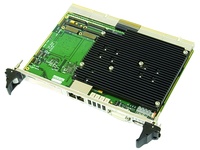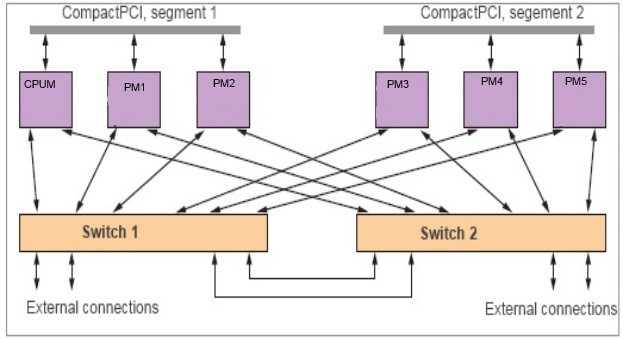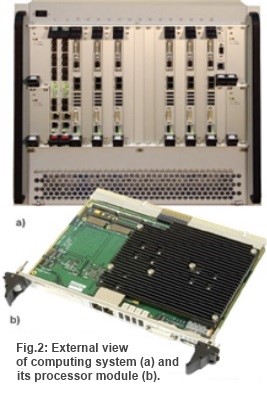
News
6U CPCI (PICMG 2.0, 2.1, 2.16) Intel Core I7-3555 LE, 2,5 GHz CPU module - the rugged heart of your sonar system

Highly Efficient Multiprocessor Computers for Special Purpose Applications. The article describes a new rugged computer (-40C-+85C) for applications in sonar platforms, based on 6U CPCI (PICMG 2.0, 2.1, 2.16) Intel Core i7 CPU Module CPC503 developed by Fastwel.
INTRODUCTION
Modern computing technologies enable to develop
Architectures of industrial embedded systems have become very popular nowadays. They are based on
Fastwel Group develops multitasking computing systems, including those designed for

Figure 1: Computing system architecture
designed for the use in civil sonar systems of new generation. The core features of these systems are their working range and possibility of monitoring location of passing transport, passenger and fishing vessels. The systems can also be used for obtaining information on seafloor topography required for geological research works.
ARCHITECTURE
The Box PC contains 6 CPU modules based on Inter Core i7 with 1.5 GHz and 4 GB RAM, connected to each other via CompactPCI bus (Fig.1). This bus is implemented though 2 CompactPCI/Ethernet switches, providing reliable operation of internal bus by redundancy and data transfer at the speed of up to 10 Gb/s. Computing modules specified as CPUMs (CPU modules) and PMs (processor modules), have similar architecture, but differ in terms of their functions. The CPUM is a control module receiving processed data, which then will be distributed over the PMs that perform parallel processing of such data. The computing system is implemented in 6U format based on Schroff

Main features of the computing system (Fig. 2b.) are as follows:
-
Intel Core
i7-2610UE (1.5 GHz, 4 MB, 2 cores); -
RAM: DDR3 SDRAM 4 GB (1333 MHz);
-
Wolf
XMC-E6760-VO GPU accelerator; -
Flash-drive : 4 GB (NAND, up to 100 Mb/s.); -
HDD: 500 GB (SATA II).
Table1: Technical features of computing system
| Feature | Computing system |
| Central Processing Unit (CPU) and form of manufacturing |
Intel Core |
| Process technology | 32 Nm |
| CPU frequency | 1.5 GHz |
| Number of CPU cores | 2 |
| CPU performance | 18 GFLOPS |
| Performance | 1,2 TFLOPS |
| RAM | DDR3 SDRAM 4 GB 1333 MHz |
| RAM size |
4 GB on cPCI board, 24 GB in 6 x cPCI — 6U |
| Disc drive size | SATA II |
|
Availability to install a |
AMD Radeon E6760 GPU |
| Operating system | MS Windows or Linux |
|
Availability of standard x86/ |
Available (for CPU). GPU programming is carried out by using OpenCL libraries |
| ECM resistance | High |
| Shock resistance | Average |
| Power consumed by CPU | 20 W |
| Power consumed by cluster | 700 W |
| Dimensions | 450×500×300 mm |
The system is additionally equipped with a powerful workstation, which includes NVIDEA Tesla GPU accelerators with CUDA technology support.
In terms of its technical features (peak performance, consumed power, dimensions), the developed
Structure of the system additionally provides:
-
Automatic control of fans operation mode;
-
Ability to install rear I/O modules;
-
Time after start required to make system ready for operation: 2 minutes;
-
Weight of no more than 50 kg;
-
Dimensions (W x H x D): 500×450×300 mm.
A distinctive feature of the
SUMMARY
Using hardware solutions, described in this article, enabled to develop a powerful
-
 Sản phẩm 2018 file (6,3 mb)
Sản phẩm 2018 file (6,3 mb)
-
 Sách Trắng Khoa học Kỹ thuật
Sách Trắng Khoa học Kỹ thuật
-
 Blog
Blog
-
 Ví dụ về Ứng dụng
Ví dụ về Ứng dụng
-
 Bài báo
Bài báo